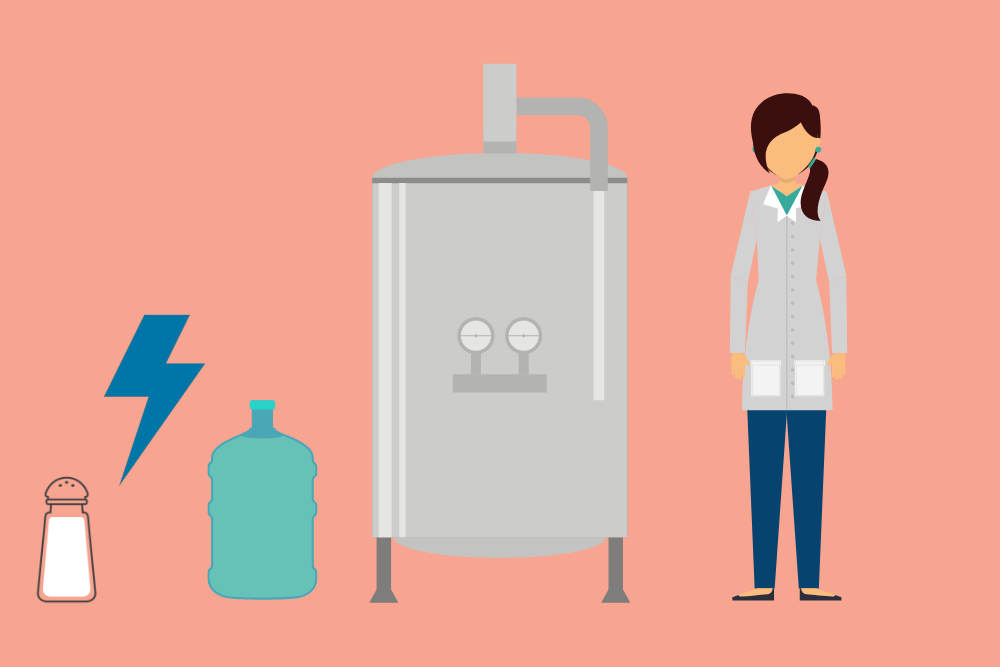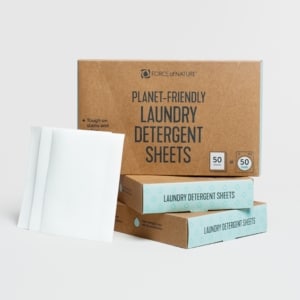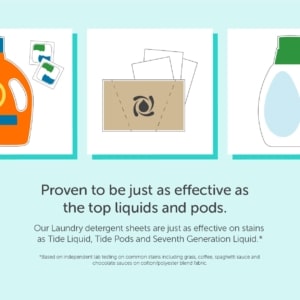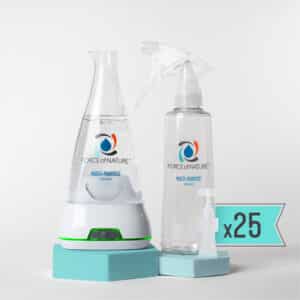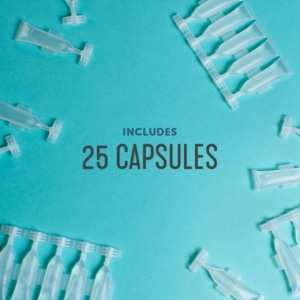So what exactly is electrolyzed salt water?
The principle underlying this technology is the same as in cooking: combining ingredients under specific conditions (temperature, time, even altitude) creates a new substance that is very different from its component parts. We’ll take a brief moment to thank baking soda for making our cookies edible! Anyway, this principle is why ingredients as basic as salt and water can be converted into a cleaner & disinfectant powerful enough to kill microbes like MRSA, Staph, Salmonella, Norovirus & Influenza A.
How do you create electrolyzed salt water?
When an electrical charge is passed through a salt (NaCl) solution, the sodium separates from the chloride. Chloride is negatively charged and is attracted to the positive side of the electrical charge where it bonds with oxygen and hydrogen from the water. It gets converted from Cl- to HOCl, otherwise known as hypochlorous acid. This is the molecule that’s the same substance your immune system produces to fight infection. As a neutrophil, hypochlorous acid is produced by your white blood cells, and if you happen to be near a sneezing child or co-worker right now, rest assured your body is producing it as you read this!
The sodium is positive and is thus attracted to the negative charge, where it also bonds with oxygen and hydrogen and is electrochemically converted to sodium hydroxide or NaOH. Sodium hydroxide is a common detergent used at different concentrations in products ranging from toothpaste to moisturizer to cleaning products.
Some electrolyzed salt water applications include a pH adjuster (like vinegar) as well. It’s the pH that determines whether the solution is predominantly bleach (sodium hypochlorite) or instead hypochlorous acid. The pH also determines whether the solution is at the right concentration of hypochlorous acid to meet EPA requirements to be registered as a disinfectant that kills 99.9% of germs.
Examples of electrolyzed salt water in the industrial space
Research on Electrolyzed Salt Water:
Cleaning & disinfecting efficacy: Here, here, here and here
Hypochlorous Acid
Because hypochlorous acid is so gentle, it has multiple medical uses and is also used in products like these:
- Wound healing (approved by the FDA)
- Eye care (approved by the FDA)
- Veterinary care
- Organic crop production (approved by USDA)
Why you won’t find electrolyzed salt water on a store shelf
The reason is that just like bubbles in a carbonated drink, hypochlorous acid starts to dissipate over time. That means a bottle of electrolyzed salt water sitting on a store shelf or in a warehouse would lose its efficacy within just a few weeks. That’s why it’s a cleaner and disinfectant you have to make fresh at home.
Learn More
At Force of Nature we’ve miniaturized the electrolyzed salt water technology to fit on your countertop. In facts it’s the only EPA registered disinfectant you can make on your kitchen countertop! Our small appliance with its patented electrolyzer transforms tap water mixed with a capsule of salt, water and vinegar – pre-measured to ensure 100% accuracy in concentration and pH levels for gentleness and efficacy – into a powerful multipurpose cleaner, deodorizer and disinfectant that’s as effective as bleach yet free of toxic chemicals. Force of Nature is an EPA-registered hospital-grade disinfectant that kills 99.9% of viruses and bacteria. Force of Nature is even on EPA’s list N, the disinfectants approved for use against SARS-CoV-2, the cause of COVID-19. We created Force of Nature because we believe you shouldn’t have to trade powerful cleaning for affordable family-friendly ingredients. Here’s a little video that explains how Force of Nature works.
You can see how Force of Nature compares to conventional cleaners like bleach, Windex, Scrubbing Bubbles, Febreze, Resolve & Formula 409 here. Curious about the environmental impact of eliminating all those single-use plastic bottles? Learn about how our Carbon Neutral and Green Seal certified system can make your home or business more sustainable here.
